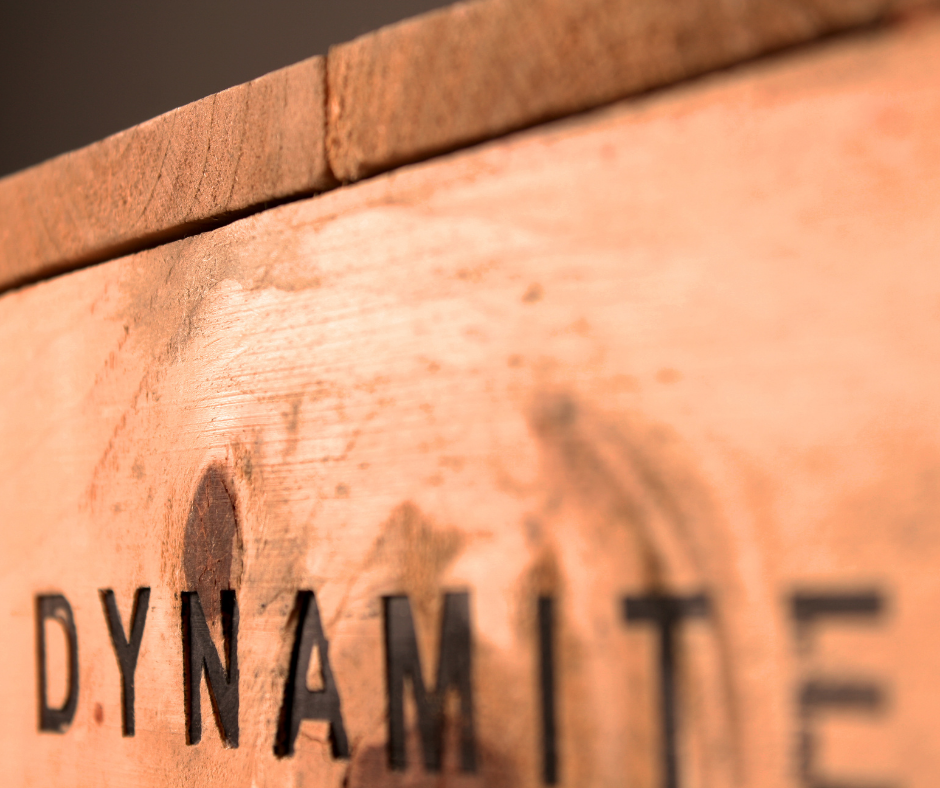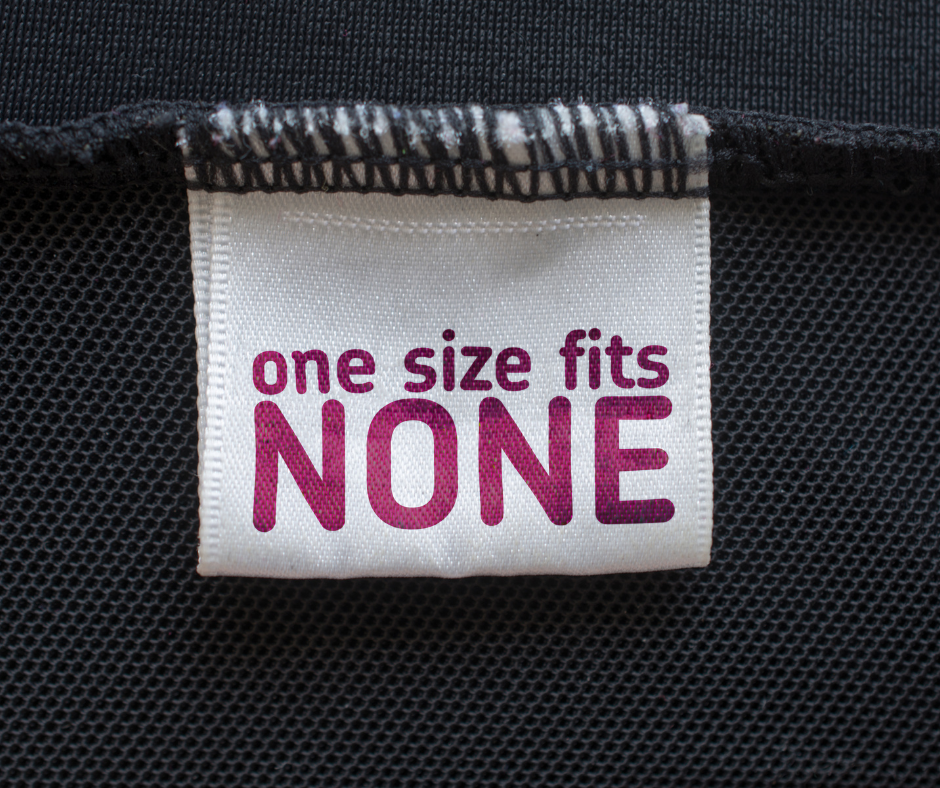I was an early Lean practitioner at Armstrong World Industries. I’d spend a week with a production and maintenance team on a production line, helping them implement improvements to safety, quality, productivity, and customer service. At the end of the week, we’d give a tour of our changes. Because of our numerous successes, I was requested to help many of our manufacturing sites around the world.
Read MoreI was the Production Manager at the St. Helens Ceiling Tile plant for just under three years. I had always wanted to apply my continuous improvement mindset to a production organization. The VP of Manufacturing gave me a chance and I was determined to repay his trust and support with excellent results.
Read MoreOur fiberglass ceiling tile plant in Ohio got their board stock from another company (let’s call them Vendor X). They had some problems with the quality of some of the boards they received. As Vendor X was a critical partner, they decided to co-host a Kaizen event to eliminate the quality problems.
Read MoreDuring a virtual Lean summit, I met the CEO of a large furniture retailer from Florida. He had implemented Lean in his business for 15 years and was reaping the rewards of it. During our conversation, we talked about Kaizen events. He regretted his company had stopped conducting them a few years earlier and missed the energy, excitement, and engagement they created.
Read MoreRecently, I facilitated a Changeover Reduction (SMED) Kaizen event for a leading whiskey bottler and distiller at their facility in Indiana. Their goal was to reduce changeover time by 50 percent or more, while improving safety and not negatively impacting quality or customer service.
Read MoreHere’s a mining story from my time at Dal-Tile that involves blowing up a hill!
Read MoreIn 1995, Dal-Tile bought a majority stake in the American Olean Tile Company, who I was working for at the time. I was offered an Industrial Engineering position at their corporate headquarters in Dallas, Texas. Always up for a challenge, I moved my family, for the fourth time in my career, from Olean, New York.
Read MoreI spent the early part of my career working at Thomasville Furniture as an Industrial Engineer. I was responsible for supporting our veneer plant. One of the most valuable lessons I learned from my time in this role was a stark example of never, ever overlooking the simple or the obvious – in this case a single phone call could have saved 18 months of work from being. Here’s the story.
Read MoreI’m an engineer. Please don’t hold that against me. I’d like to believe I think logically, solving problems in a scientific way. I was taught this way as I was growing up. I assumed everyone else thinks this way. How wrong I was!
Read MoreI was the Business Team Manager for a vinyl flooring manufacturer in Lancaster PA. The business I was responsible for had been in a death spiral for many years. Consumer tastes had shifted, investments in the business had shrunk, and new product introductions were rare. The day I arrived at the plant I noticed a hand-made sign declaring the plant would be shut down in the next month or two. This was not very encouraging.
Read MoreIn 2014, I attended the Shingo Conference in Ohio. This was my first opportunity to network with and learn from continuous improvement practitioners and leaders from all over the world. I was determined to get as much learning and experience as possible.
Read MoreI was the Industrial Engineering manager at a ceramic tile factory in western New York for two years. During that time, I participated in many improvement projects. As a member of staff, I was responsible for various administrative and plant coverage duties. One of the most critical responsibilities I had was holiday coverage for the tile firing and curing process.
Read MoreI was the quality control manager for a ceiling grid factory in Maryland. In my first days at the plant, I observed that quality performance was minimally acceptable. There was a lot of room for improvement. I learned from my prior experience as a supervisor in Chicago to involve more people in the process and give them the information they needed to make proper quality decisions.
Read MoreMy first supervisory assignment was at a ceiling grid factory in Franklin Park Illinois. We had eleven operating lines at one end of the plant and a distribution center at the other end. It wasn’t unusual to produce grid in the morning and ship it out the same day. Sometimes, due to inefficiencies, we produced finished goods for customers whose trucks were waiting to be loaded on our shipping docks.
Read MoreEarly in my career, I worked at Thomasville Furniture. I supported the veneering operations. We were building a new plant for the plywood pressing operations. I was asked to design and purchase a storage system for the heavy wood blocks that were used to create shaped plywood in a special press.
Read MoreRecognition is a key element in the Wheel of Sustainability. It refers to the telling of stories to lock in commitment to a critical change. Once someone tells a story as if they were there, it’s an indication of their commitment to the change. Recognition happens in many places. Sometimes it’s in a business setting, other times it’s personal. This is a story of personal Recognition.
Read MoreI’m always organizing things around the house. One winter, I cut the shapes of my tools into foam and lined the drawers of my tool box. It looked so nice, I showed it to my family so they could admire it too. They humored me, but didn’t seem very impressed.
On a trip to Costco, I bought a labeler. It seemed like something that might come in handy for one of my home organization projects. Peggy, my wife, asked me what I needed with one. I wasn’t sure, but it was inexpensive. What was the harm in having one?
Read MoreI was engaged to help an electronics manufacturer improve the safety and productivity of a testing lab at their Breinigsville, PA location. The problem they were trying to solve was that it took too long from the time the equipment was received to the time the test report was delivered to the customer.
We took a Gemba walk of the lab. I knew that the lack of organization and visualization of the process were key contributors to the less than acceptable performance. George, the lab owner, had worked for the company for many years and had a system that worked for him, but others had no idea what was going on and how they could help.
Read MoreIf you produce a physical product, it’s easy to see things being created. You can count them, measure them, and identify the cost to produce them. But what happens when you create knowledge or a new product idea. How do you measure your output? More importantly, how do you measure your effectiveness and identify when you need help?
Read MoreAfter five years as Lean Champion, my voice wasn’t being heard so well. Sure, I was able to promote and facilitate Kaizen events and help people solve problems, but I was unable to move the leadership team to take the next steps in our Lean journey. Any time I spoke to our leaders about strategy, they were too busy to consider anything that deviated from their current operating approach.
Read More




















